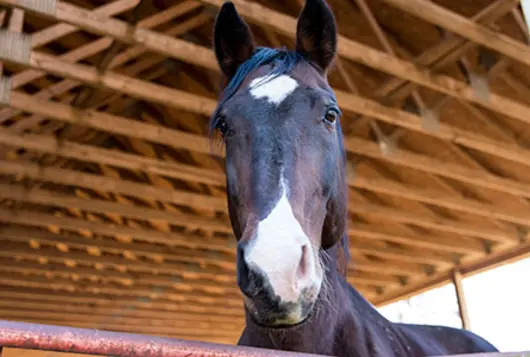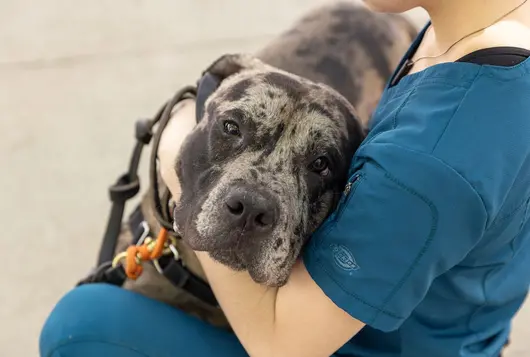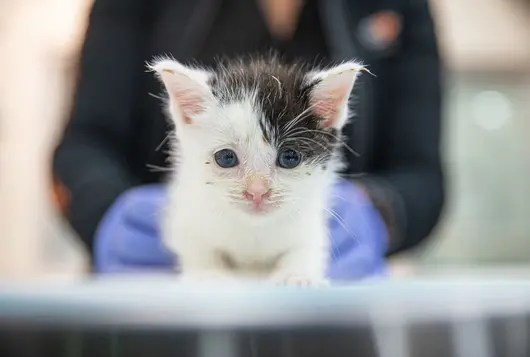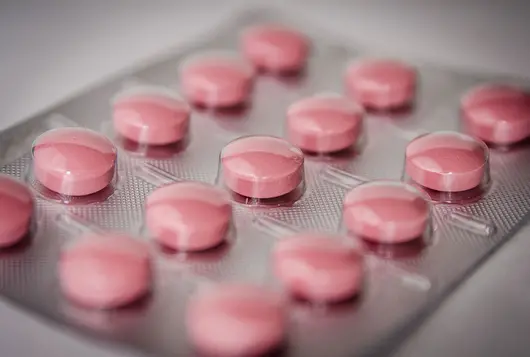Top Tips About Avian Toxicities

When dealing with avian toxicities, the initial triage and management of a toxicity will be the same as any other species.
The first step is stabilizing the patient, and you may need to restabilize him between steps. Next, consider decontamination and reduce risk to the bird by bath, crop lavage or activated charcoal.
Once exposure has been limited, it's time to consider symptomatic care, or if it exists, the antidote.
Lastly, nursing care is always key – remember heat support, fluids, nutrition and essential medications.
More Avian Care Tips
Birds are particularly sensitive to airborne toxins, so removing the bird from the area is critical. Remember that ventilation will vary from building to building and that the birds closest to the toxin may not be the first ones affected.
Avocados are frequently found on the no-no list for pets. In reality, there is a wide range of sensitivity in different species. In some birds serious problems such as weakness, depression, feather pulling, agitation, respiratory distress, pulmonary congestion, subcutaneous edema and myocardial insufficient can be seen within 24-96 hours of ingestion. Prompt decontamination is essential!
Heavy metal toxicity is a big concern in birds. Common sources for heavy metals will include poor or cheaply made toys, coins, paint, fishing lures, and even some cage materials (think zinc toxicities from galvanized hardware used in building cages). The best way to diagnose a heavy metal toxicity is with a good clinical history, potential for exposure and blood levels of zinc or lead. Heavy metal sources should be removed from the body prior to chelation via bulking the diet or surgical removal.
Birds can end up in areas that owners would not expect them to go. A good clinical history is essential in determining whether there was opportunity and means to get into the toxin.
Unforeseen risks may include plants, medications and household items. The history combined with a good physical examination and diagnostics will lead you to the best treatment for your avian patient.
For more information, check out our webinar on How to Treat the Most Common Toxic Exposures in Birds by Dr. Lisa Paul.
We have lots more on this subject:




